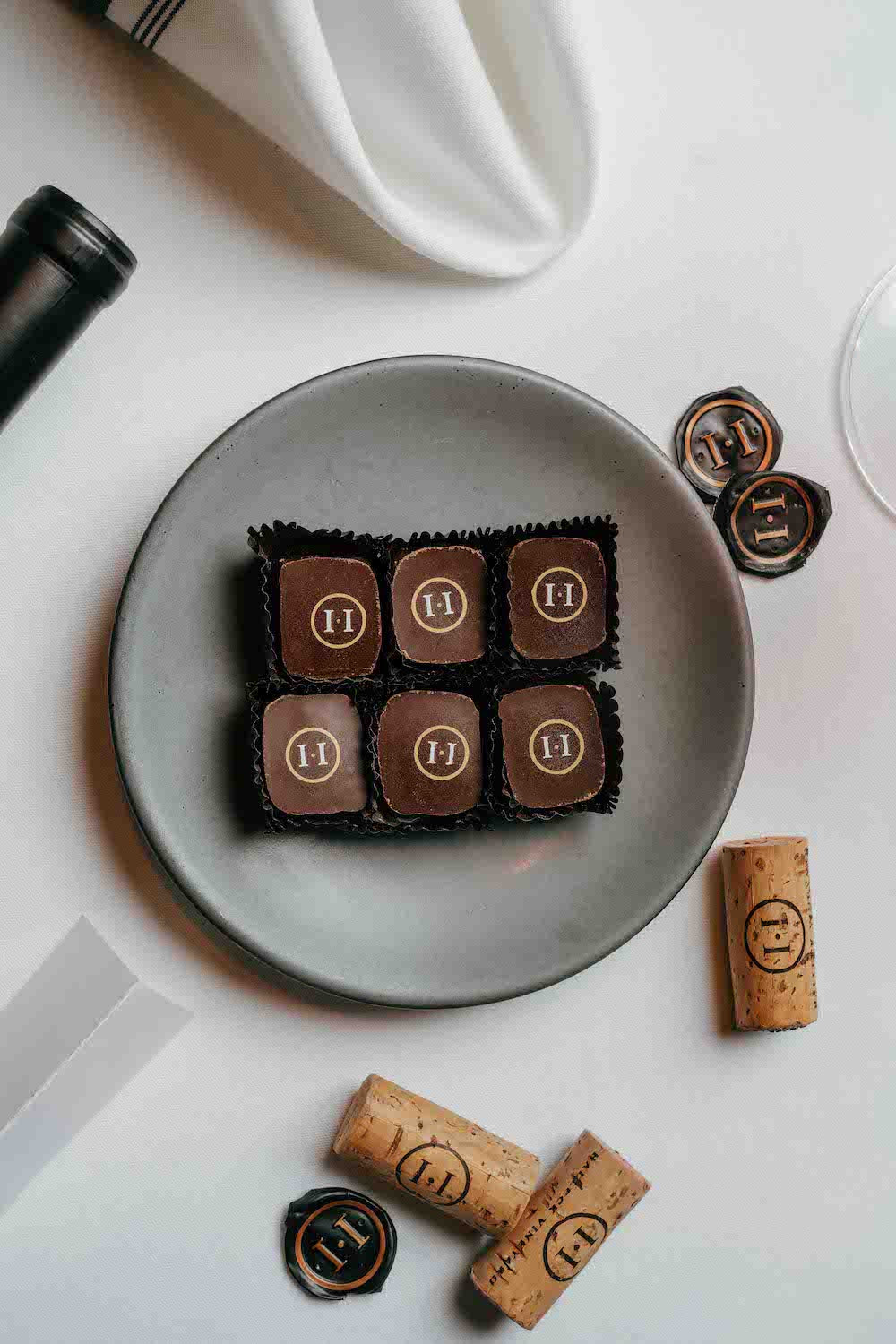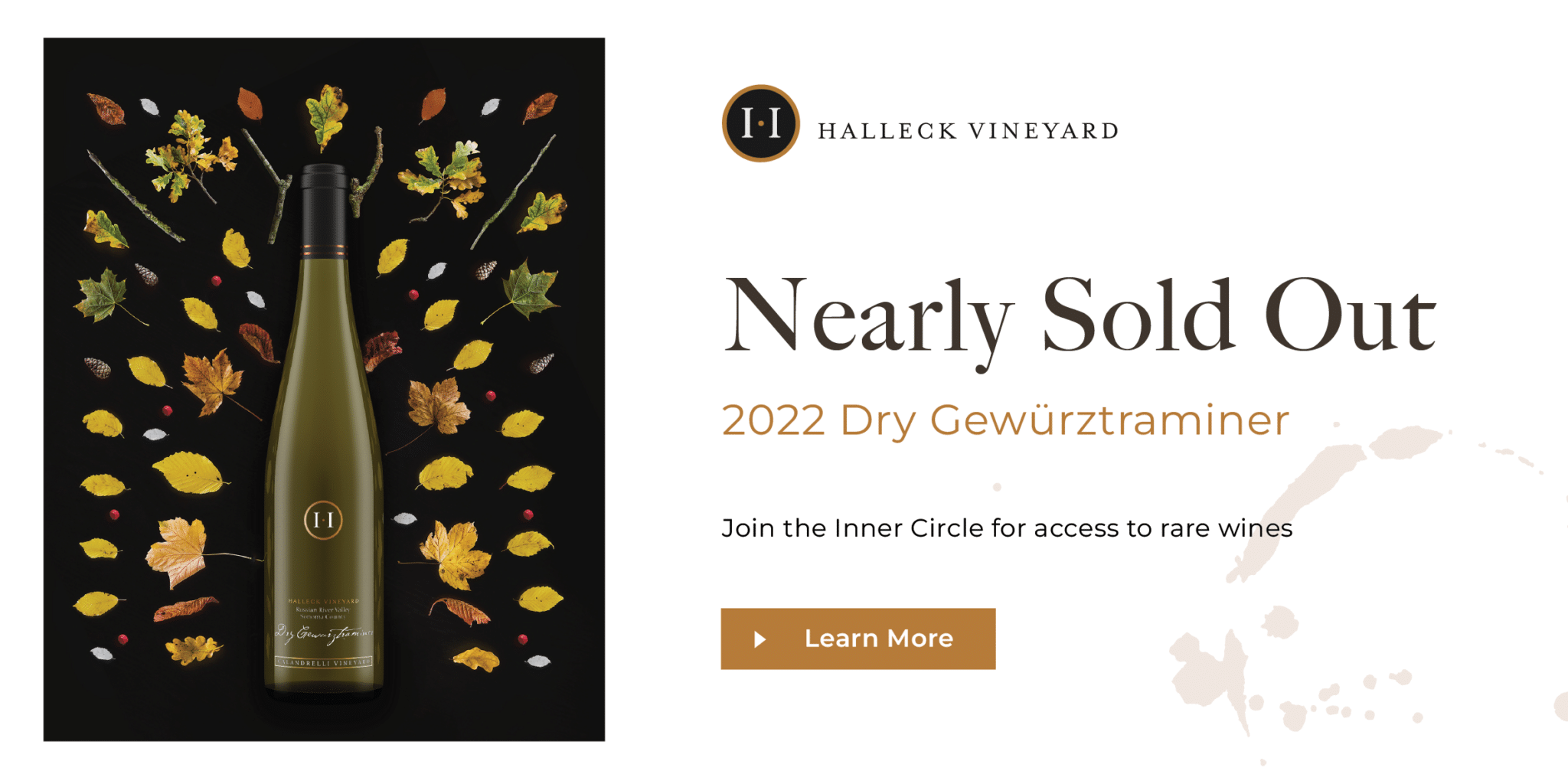Wineries Promoting Sustainable Farming - Luxury Wine Tasting In Sonoma County
Wineries Promoting Sustainable Farming - Luxury Wine Tasting In Sonoma County
Blog Article
Romantic Winery Destinations In Sebastopol - Sonoma's Hidden Winery Gems
Wine tasting is an art that mixes sensory experience with an appreciation for the nuances of various varietals. How to gauge flavors in winery wine tasting sessions is pivotal to greedy the complexities of wine.
Engaging in a wine tasting entails greater than simply sipping and savoring. It requires a targeted method to identify aromas and flavors that each wine presents. As you begin, observe the wine's look, noting its colour and clarity. These visual cues usually recommend a wine’s age, grape selection, and even potential flavor profiles.
The next step in the tasting course of is to swirl the wine in your glass. This action releases aromatic compounds that are important for evaluation. Lean in and take a second to inhale deeply; the aromas can range from floral and fruity to spicy and earthy. The nose of the wine is simply as important because the palate, and recognizing scents performs a major role in understanding the overall experience.
When taking your first sip, enable the wine to maneuver throughout your palate - Best Chardonnays From Sonoma Winemakers. Discover the preliminary flavors that current themselves. Is the wine fruity, floral, or perhaps herbaceous? This preliminary style offers perception into what the wine is likely to express as you proceed to judge it. The mouthfeel also contributes to the general flavor experience; it can be silky, tannic, or even effervescent.
Charming Wineries With Views In Sonoma Valley - Vineyards In The Sonoma Region
As you proceed tasting, pay attention to the wine’s balance. A well-balanced wine will harmonize acidity, sweetness, and tannins. If one element overwhelms the others, it'd indicate a less desirable quality. Evaluating stability may help you determine how properly the wine would possibly pair with food.
Transitioning to the end, contemplate how the flavors evolve as the wine lingers in your palate. A lengthy, nice finish can point out a high-quality wine, while a short or abrupt end may recommend in any other case. Mirror on whether the flavors stay consistent or if new notes emerge because the wine settles. This progression can reveal complexities and intricacies that may not have been apparent in the initial tasting.
Temperature is also an important think about evaluating wine flavors. Totally Different forms of wine are optimally enjoyed at specific temperatures. White wines usually shine when chilled, while red wines generally perform best at room temperature. When tasting, make sure the wine is on the appropriate temperature to totally respect its character.
Wineries Located Near Russian River Valley - Sonoma Wine Tasting Tour
Pairing food with wine can tremendously improve the tasting experience. Meals can affect the perception of flavors in wine, either highlighting sure traits or diminishing them. When evaluating flavors, contemplate how the wine interacts with different foods, noticing which flavors are amplified or muted (Charming Wineries With Views In Sonoma Valley).
Consider the influence of terroir as you have interaction in a winery tasting. Terroir encompasses the distinctive environmental components that affect grape growing, including soil composition, climate, and geography. Understanding a wine's terroir can provide insight into its flavors and aromas, fostering a deeper appreciation for the choices made throughout its cultivation and manufacturing.
Training plays a basic role in enhancing one's ability to judge wine flavors. Studying about grape varieties, wine areas, and manufacturing methods can pave the finest way for more knowledgeable judgments during tastings. Moreover, attending workshops or classes can refine sensory skills and broaden your flavor vocabulary, enabling you to articulate tasting notes extra link successfully.
Lastly, it's essential to do not forget that evaluating wine flavors is a extremely personal experience. Particular Person preferences and perceptions will invariably form one’s tasting journey. Enjoyment must be at the forefront, with the evaluation process performing as a device to boost understanding and appreciation rather than create rigid pointers.
Quaint Wineries In Picturesque Settings In Sebastopol - Tasting Experiences In Sebastopol Vineyards
In conclusion, mastering the means to evaluate flavors in winery wine tasting classes includes a combination of sensory engagement, knowledge, and practice. By learning to identify aromas, assess the stability, and recognize the intricacies of flavor, wine enthusiasts can deepen their connection to every bottle they encounter. As with any art type, the more one immerses themselves within the experience, the more they will discover and benefit from the vast world of wine.
- Start by observing the wine's colour and readability, as these visual elements can trace at its flavor profile and aging potential.
- Swirl the wine gently in your glass; this releases fragrant compounds, allowing you to better identify the complex scents associated with the wine.
- Take a deep inhale before tasting, focusing on both major and secondary aromas to collect insights on fruits, spices, and other nuances.
- When tasting, enable the wine to coat your palate; note the initial flavors, the mid-palate complexity, and the end as these stages can present different flavor highlights.
- Pay attention to texture and mouthfeel, as elements similar to tannin levels, acidity, and sweetness contribute considerably to the general tasting experience.
- Evaluate flavors against normal wine traits; for red wines, consider berry notes, oak influence, and natural tones, while whites might include citrus, stone fruits, and floral hints.
- Take notes through the tasting session to trace your impressions, helping you to recollect and evaluate the completely different wines sampled.
- Discuss your findings with fellow tasters or winery workers, as sharing insights can enhance understanding and appreciation of particular person flavors.
- Allow time for the wine to breathe; typically, flavors evolve and reveal new dimensions after being uncovered to air.
- Experiment with food pairings during the tasting as they'll dramatically alter how flavors are perceived, influencing overall enjoyment.undefinedWhat ought to I search for when evaluating the aroma of wine throughout a tasting?
Start by swirling the wine in your glass to launch its aromas. Deliver the glass to your nose and take a deep breath. Pay consideration to the first scents you detect, as these are sometimes essentially the most outstanding. Look for fruit, floral, herbal, or earthy notes and attempt to establish particular traits, which can deepen your understanding of the wine's complexity.
Wineries With Beautiful Architecture - Sonoma Wine Tasting Recommendations

How can I distinguish between completely different flavor profiles in wine?
Understand that flavor profiles are often categorized as fruit, floral, herbaceous, spicy, or mineral. Take small sips and permit the wine to coat your palate. Notice the first flavors that emerge first and the delicate notes that follow. This layering is crucial in distinguishing the wine's characteristics and can assist you to appreciate its distinctive profile.
Wineries In Dry Creek Valley - A Winery In The Sonoma Valley To Discover
What is the importance of the wine's texture in a tasting?

The texture of the wine, also referred to as mouthfeel, performs a crucial role in how we perceive flavors. Pay attention as to whether the wine feels clean, creamy, or gritty. The body of the wine (light, medium, or full) can improve or distinction with flavors, providing a more rounded experience during tasting.
How do I assess the stability of flavors in wine?
Stability in wine refers to the concord between acidity, sweetness, tannin, and alcohol. Take a second to evaluate whether or not these parts complement or interfere with one another. A well-balanced wine will have none of its elements overpowering the others, creating a pleasing tasting experience.
Wineries With Artisan Chocolate Pairings In Sonoma - Scenic Wineries Of Sebastopol
What function does temperature play in evaluating wine flavors?
Temperature can significantly impact the notion of flavors. Typically, purple wines are finest served barely under room temperature, whereas white wines benefit from being chilled. As the temperature changes, the aromas and flavors can shift, permitting you to understand totally different traits. It’s important to style wine at its optimum temperature for true Our site evaluation.
Innovative Wine-Making Techniques In Sonoma Valley - Luxury Wine Tasting In Sonoma County
How can I enhance my tasting skills over time?
Practice is essential to improving your tasting skills. Wineries With Unique Tasting Experiences. Attend tastings, maintain a journal of your experiences, and discover various kinds of wines to broaden your palate. Additionally, learning about wine production and grape varieties can present context that enhances your evaluation course of, making you a extra informed taster.
Is there a selected order during which I should taste the wines?
Cultural Wine Experiences In Sonoma County - Wine Tasting And Vineyards In Sonoma
Yes, it’s advisable to taste wines from light to full-bodied and dry to candy. This progression prevents the stronger flavors from overshadowing the extra delicate ones, permitting you to totally respect each wine's traits and nuances with out palate fatigue.
How can I consider the aftertaste of wine?
Wineries With River Views - Sonoma Valley Vineyards And Wine Tasting
The aftertaste, or end, is a crucial aspect of the wine-tasting experience. After swallowing, take note of how lengthy the flavors linger on your palate and whether or not they change. A lengthy, pleasant finish is commonly an indicator of a high-quality wine, while a short or disagreeable end might suggest in any other case.
Why is it important to note the wine’s acidity during tasting?
Acidity contributes to the overall freshness and construction of the wine. Pay consideration to the tingling sensation in your tongue; larger acidity can improve the wine's liveliness and balance out sweetness. Noting acidity helps determine the wine's versatility with food and its getting older potential.
What ought to I do if I wrestle to identify particular flavors in wine?
Romantic Winery Destinations In Sebastopol - Sonoma Wine Tasting Recommendations
Struggling to determine flavors is common, particularly for beginners. Focus on broader classes and describe what you'll be able to acknowledge, corresponding to candy or earthy notes. With practice, studying about different flavor profiles, and perhaps using flavor wheels, you'll refine your senses and develop a extra nuanced approach to tasting. Report this page